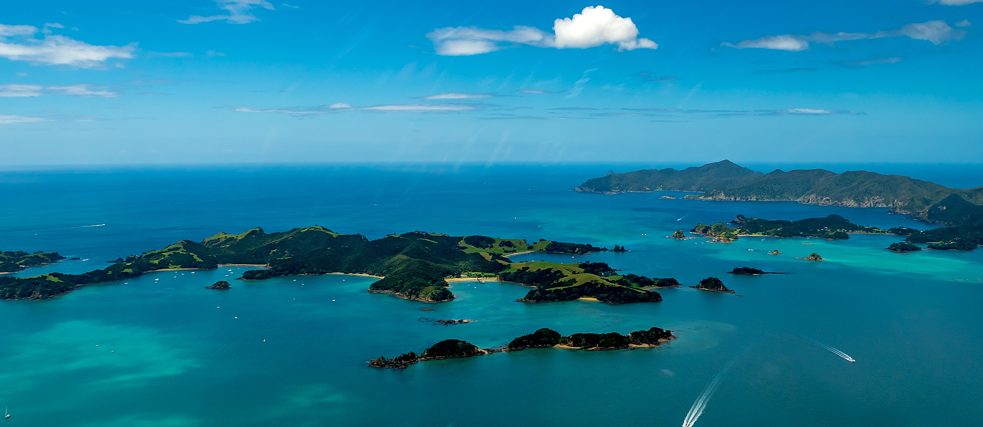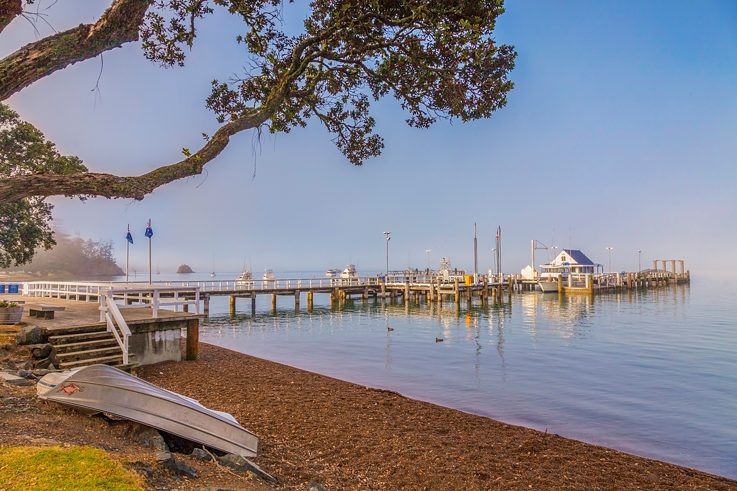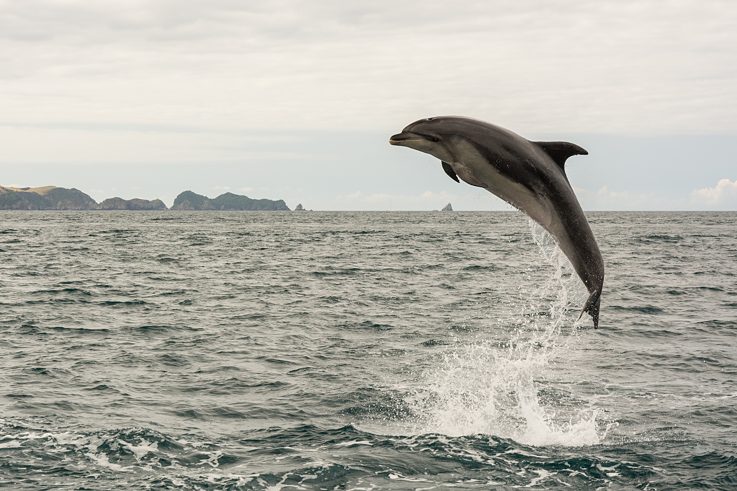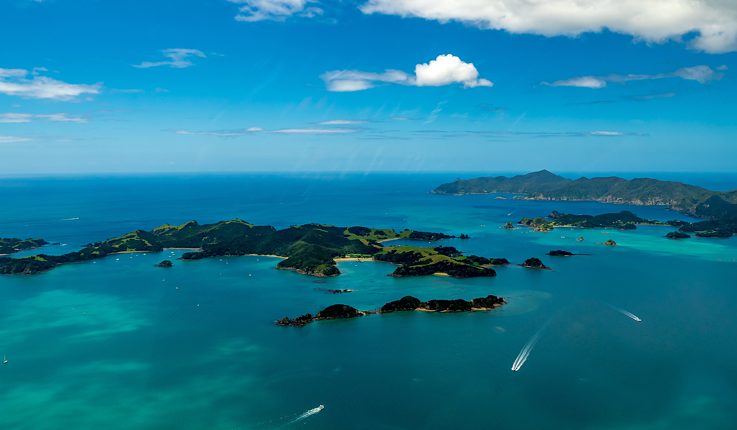Sustainable Tourism
Dolphin Tourism and sustainability

In 2009 I posted a photo on Facebook of myself cradling a dolphin who was also smiling in the Bahamas. I thought it was so cool and knew my friends would give me the likes I wanted on the photo.
This gave me an ego boost and a boost of serotonin but little did I know the dolphin in the photo was suffering.
So where do we draw the line between enjoying time with dolphins (tourism), while doing the least harm to them (sustainability)?
There are a host of reasons why dolphins should not be kept in captivity which are obvious to me (now). If you’d consider jumping in a tank with a dolphin you might not have considered framing the situation in a different way until now. If so, I urge you to take a dive into the pros and cons, as Stephen Covey says, “Seek first to understand, then to be understood”.
Over time, I started to understand the issues surrounding the cruelty of dolphins in captivity and soon after could let people know what the issues in my own words (to be understood).
But it’s important to be open to learning more about topics we think we’re an expert on.
Why do I say this?
Because my understanding around dolphins, not only in captivity, but in interacting with tourists in open waters has recently changed.
In July 2019, the New Zealand Government made it illegal for tourists to swim with bottlenose dolphins in the Bay of Islands. The Bay of Islands is located in the far north of the North Island, with many of the coastal towns and islands in the micro-region relying on tourism.
The law change was based off Department of Conservation (DOC) recommendations. DOC are a public service in charge of conserving the natural and historical heritage of New Zealand.
After hearing about this, I thought back to a trip in Mexico that offered the chance to swim with dolphins in the open ocean. It never occurred to me that swimming with dolphins in the wild could be unsustainable.
DOC commissioned Massey University to undertake the study on bottlenose dolphin activity in the Bay of Islands in response to vessel activity. The new laws are due to the results from the report.
In short, with so many tourist vessels in the Bay of Islands the dolphins aren’t spending enough time feeding, sleeping, and nursing their young. They can’t help but be attracted by tourist vessels and as a result the population of bottlenose dolphins in the Bay of Island has decreased and the infant mortality rate has increased.
If the dolphin population was to become extinct, tourism in the Bay of Islands would decrease so the new laws are designed to create and nurture sustainable dolphin tourism.
So far the new laws haven’t had a noticeable effect on bookings, with Bay of Island tour operator Fullers GreatSights mentioning tourists unaware of the rule changes before they arrive happily understanding the rule changes and going through with the cruise as is.
The price of a dolphin cruise hasn’t changed. If a guest wanted to swim with the dolphins, they’d be charged an extra $30. If they didn’t get the chance to swim with dolphins the $30 would be refunded.
Nicole (@Nicole_ep on Instagram) went on a dolphin cruise before the rule changes took effect, and said that the rule changes wouldn’t have affected her decision to take the tour, praising the decision to look after the dolphins.
It would appear the majority are going to be happy with seeing the dolphins and the Bay of Islands will continue to thrive on the new sustainable tourism practices going forward.



